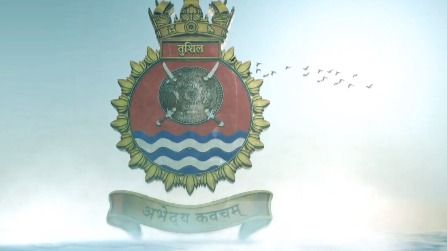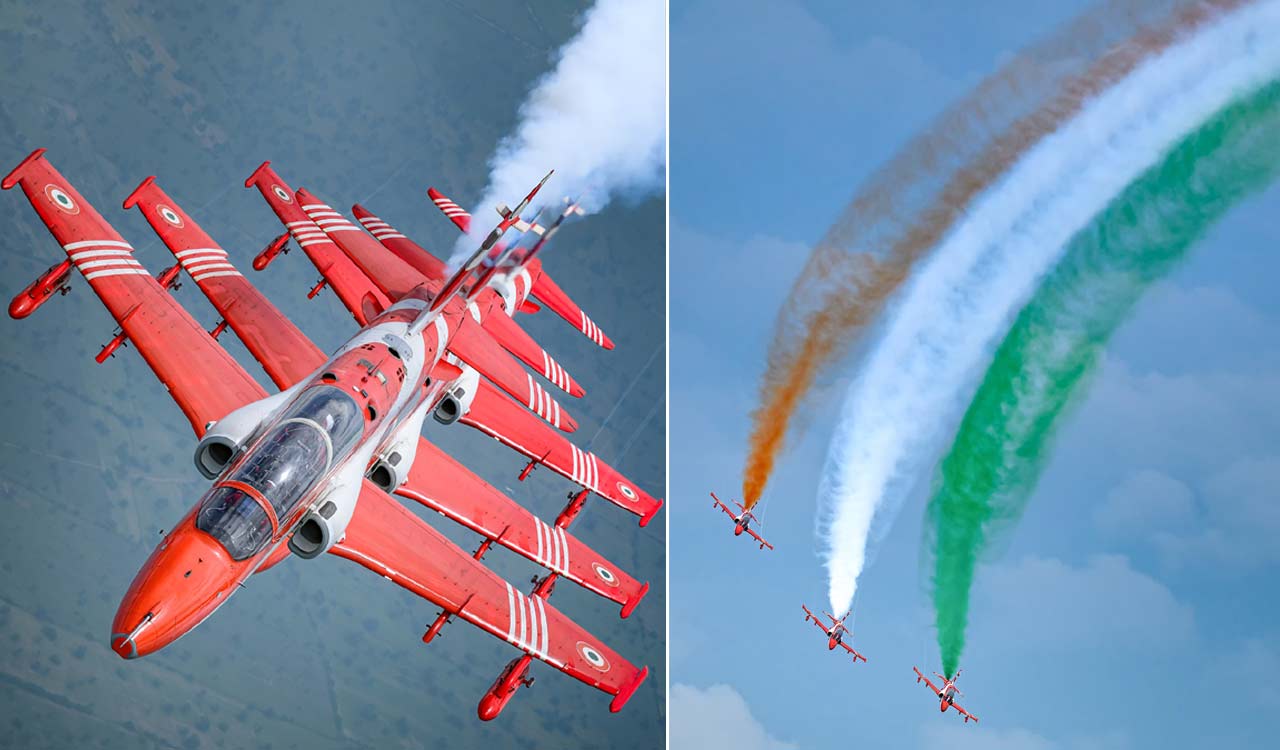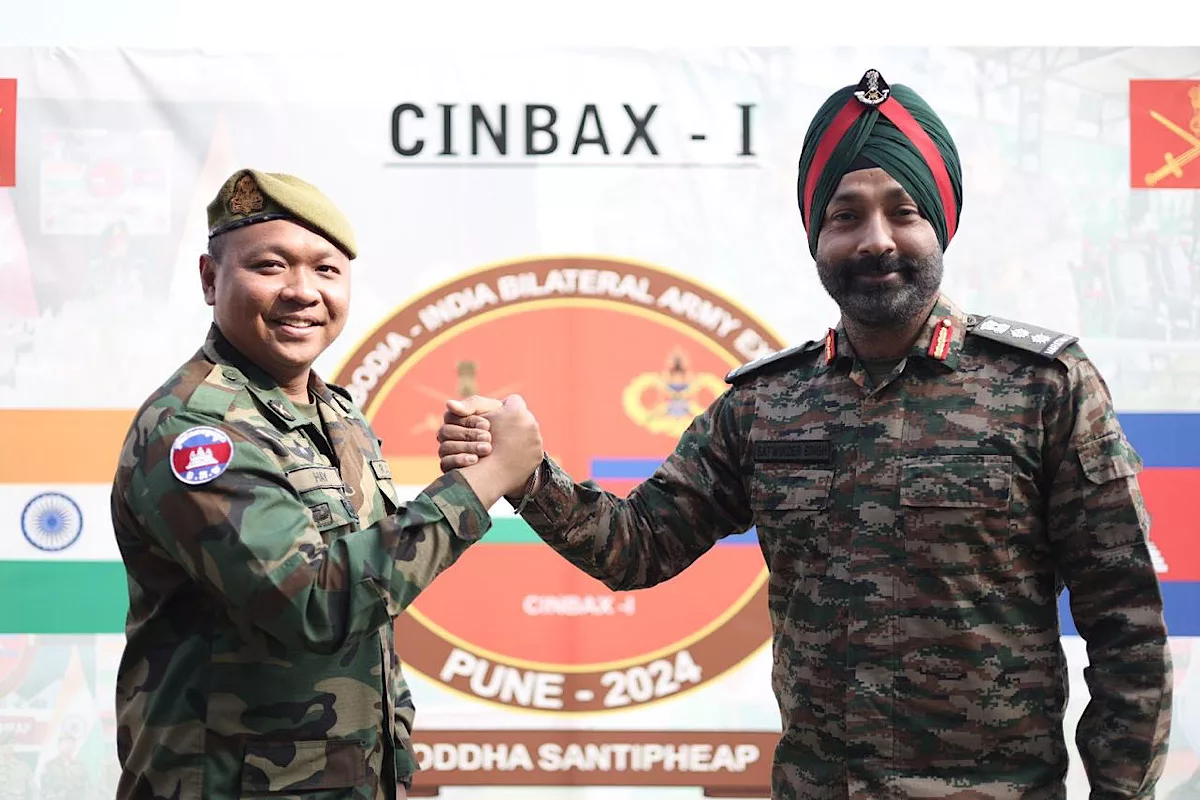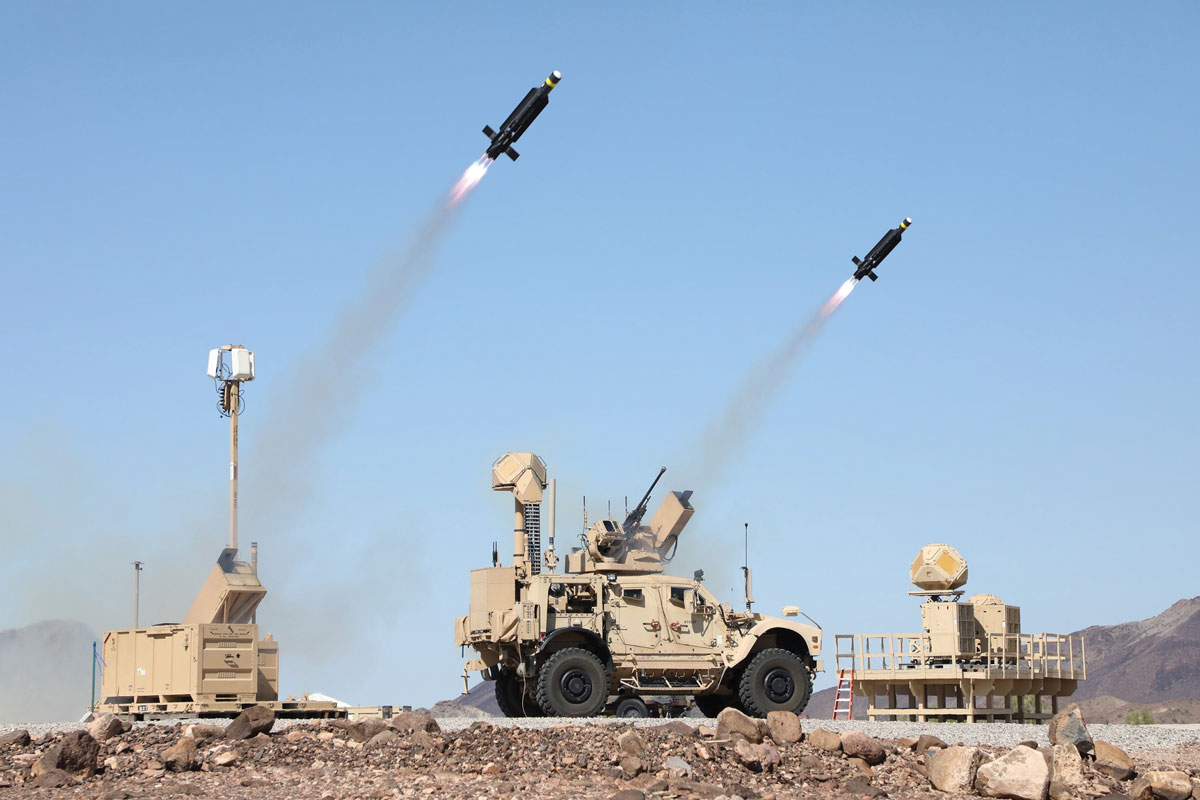INS Tushil: Indian Navy’s Latest Stealth Frigate to be Commissioned in Russia
In a landmark event for India's maritime defense capabilities, the Indian Navy is set to commission its latest multi-role stealth…
Indian Navy to Commission Advanced Stealth Frigate INS Tushil in December
The Indian Navy is set to enhance its combat capabilities with the upcoming commissioning of its latest multi-role stealth guided…
Countdown Begins for Indian Air Force’s Suryakiran Aerobatic Show Over Hussain Sagar Lake
Hyderabad is poised to be captivated by an extraordinary aerial display as the Indian Air Force (IAF) prepares to host…
CINBAX-I: Inaugural Cambodia-India Bilateral Army Exercise Concludes in Pune
The inaugural edition of the Cambodia-India Bilateral Army Exercise (CINBAX-I) concluded at the Foreign Training Node in Pune, marking a…
US Department of Defense Unveils New Strategy to Counter Growing Drone Threats to Military Facilities and Personnel
The US Department of Defense (DoD) has unveiled a comprehensive strategy designed to bolster the protection of military facilities and…
Lockheed Martin Secures $245 Million Contract Extension for MK 48 Torpedo Enhancements
Lockheed Martin has secured a significant contract extension worth $245 million from the US Naval Sea Systems Command, aimed at…






